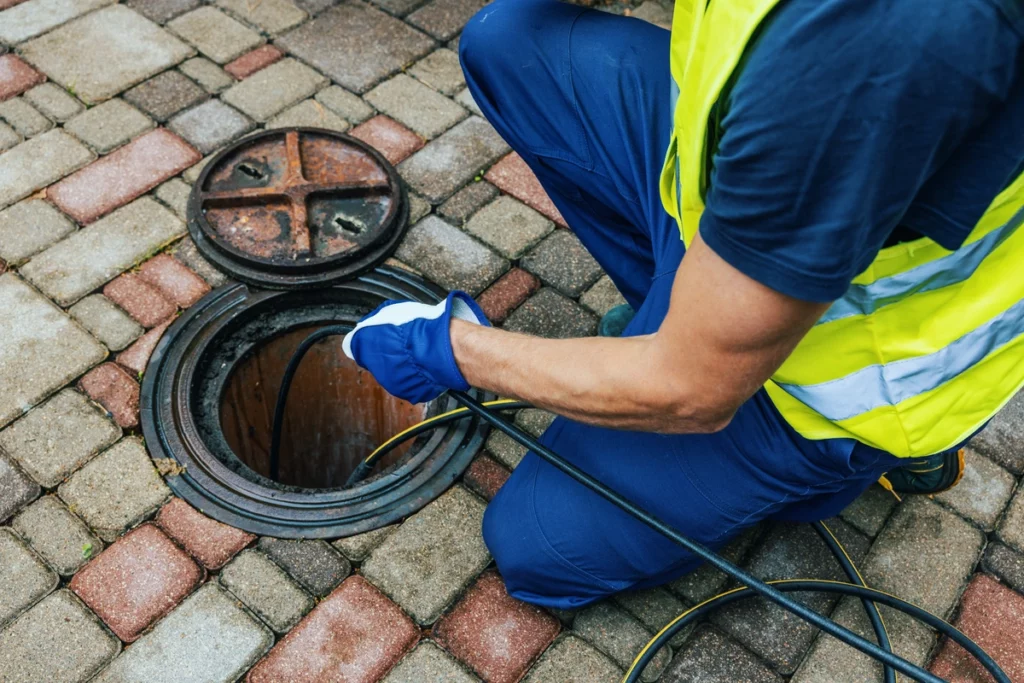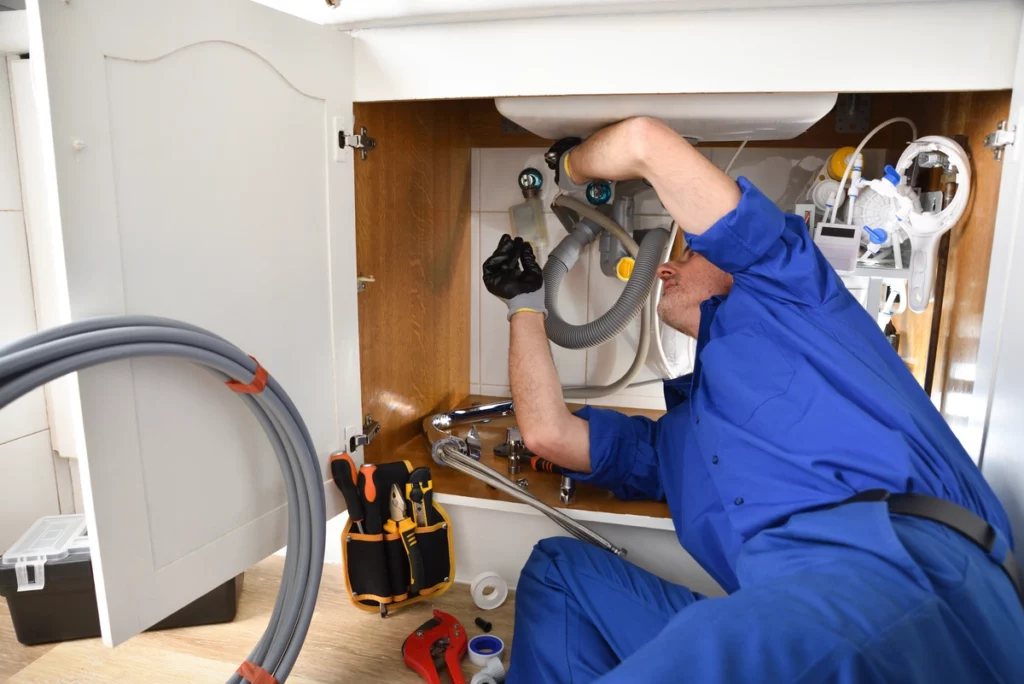If you live in a home or apartment building built before 1986, there’s a good chance the building has lead pipes or lead solder in the plumbing system. Lead contaminated water is no joke. The most recent and well-known outbreak of lead poisoning in the United States was the Flint water crisis.
No one ever wants to deal with lead exposure in their water. Thankfully, there are ways to identify lead pipes so that you can make changes to your water consumption or have a professional lead abatement specialist completely remove the pipes.

The Dangers of Lead Pipes
Even small amounts of lead poisoning can cause significant health problems. The Environmental Protection Agency (EPA) has declared that there is no known safe level of lead in children’s blood, and lead poisoning can be more detrimental in children.
Lead poisoning can lead to the following health issues:
- Increased blood pressure and hypertension
- Nausea and vomiting
- Decreased kidney function
- Reproductive issues
- Premature birth
- Impaired fetal growth
- Behavioral problems
- Learning disabilities
- Impaired growth
- Anemia
- Hyperactivity
Now, we don’t mean to scare you, but it is vital to understand the serious health implications of lead poisoning so that you can protect yourself and your family.
How to Identify Lead Pipes
The 1986 Safe Drinking Water Act mandated that all new plumbing materials need to be lead-free. However, you may still be affected by lead pipes if you fit into one of the following categories:
- You live in a home or building built before 1986 and the lead pipes haven’t been replaced
- Lead solder has been used to connect plumbing pipes
- Pipe fittings and fixtures have lead components
- Lead service pipes bring water into the home
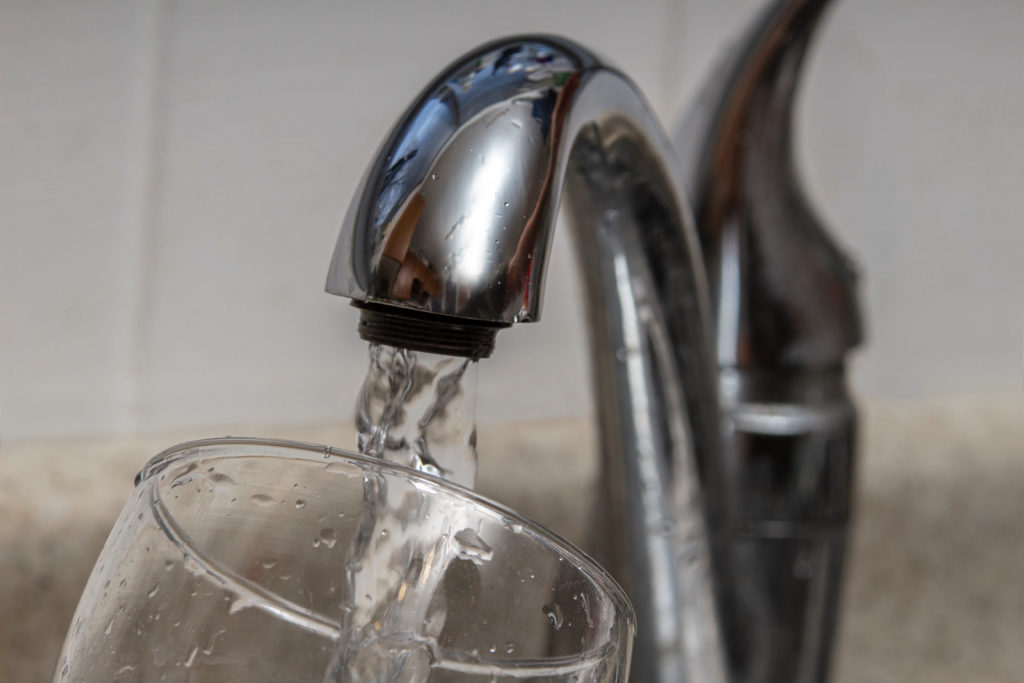
You can’t see, taste, or smell lead in water, so it can be unnerving to not know the status of lead pipes in your residence. Thankfully, there are ways to identify if you have lead pipes.
Note: Never tamper with your pipes if you’re suspicious about lead. All contact with lead materials must be performed by professional lead abatement specialists for your safety.
Option 1: Reference Your Consumer Confidence Report
The EPA requires all community water systems to deliver a water quality report each year. This report is called a Consumer Confidence Report, and it is prepared by July 1 each year. To receive a copy of the latest report, contact your water utility company.
Thanks again to the EPA, as they require all public water systems to alert you if there’s a problem with your drinking water. In the case of lead pipes, no news is usually good news.
Unfortunately, this report is not available for homes with wells or private water supplies. These homeowners are responsible for testing and maintaining their own water quality.
Option 2: Have Your Water Tested for Lead
Since you can’t see or taste the presence of lead in water, testing is the only surefire way of identifying harmful levels of lead in your drinking water. You can contact your water supplier, and they will be able to point you toward a certified laboratory in your area that can test for lead.
Typically, lead testing costs between $20 and $100.
Your water utility company or a local licensed plumber can also help determine if the pipe that connects your home to the main water line is made from lead.
How to Remove Lead From Water
So, you arranged a certified lead test, and lead was found in your drinking water. What now? Thankfully, there are steps you can follow to reduce the lead in your drinking water. And if you want to completely replace the pipes, there are professional options for that as well.
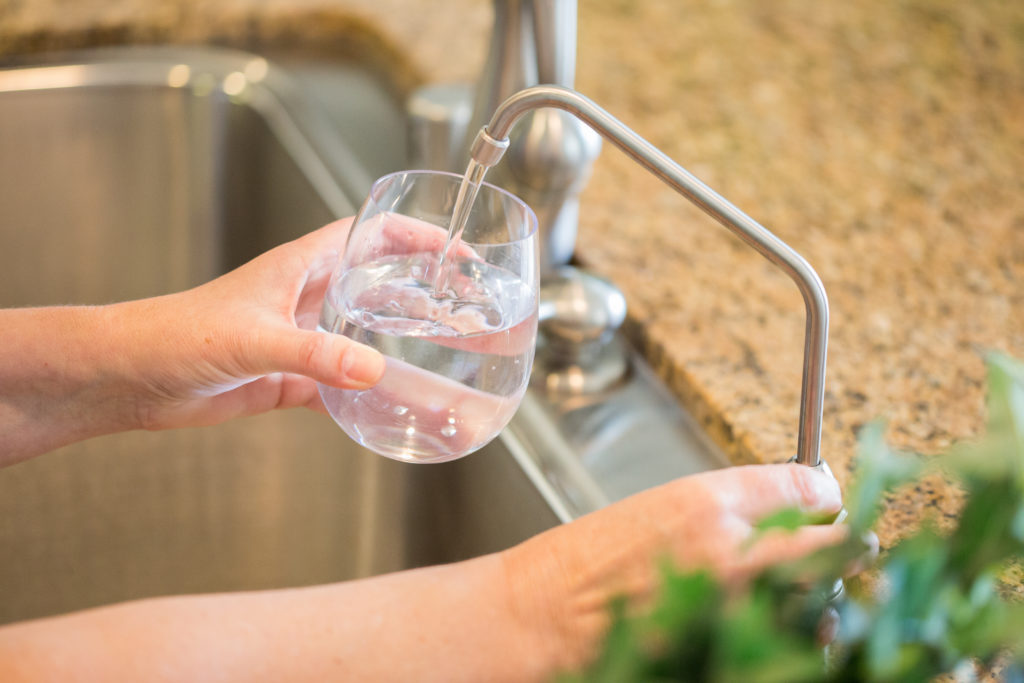
Helpful Fixes to Purify Water
Remember, it’s unsafe to tamper with lead pipes yourself. So, if you learn about lead in your drinking water, you can take precautions to lessen your risk.
The number one recommendation for filtering lead out of your water is to hire a plumber to install a reverse osmosis system. Reverse osmosis is a highly effective filtration system that can remove 99.1% of lead and other toxins in your water. To be extra safe, pair reverse osmosis with these additional precautions:
- “Flush” your water: Before drinking water, showering, doing laundry, or washing dishes, flush your water by letting it run out of the tap for a moment. Your water utility company can recommend the necessary flushing time for your situation.
- Use cold water: Boiling water does not remove lead. Use only cold water for drinking, cooking, and mixing baby formula.
- Clean your aerator: Sediment and lead particles can collect in your faucet’s screen (aerator). Clean it frequently to lessen the amount of lead that gets into your water.
- Stay aware of construction in the neighborhood: Construction work can disturb the lead service line in your neighborhood, which could cause more lead to be released. Stay aware of any construction work going on nearby.
Permanent Fix to Completely Remove the Threat of Lead
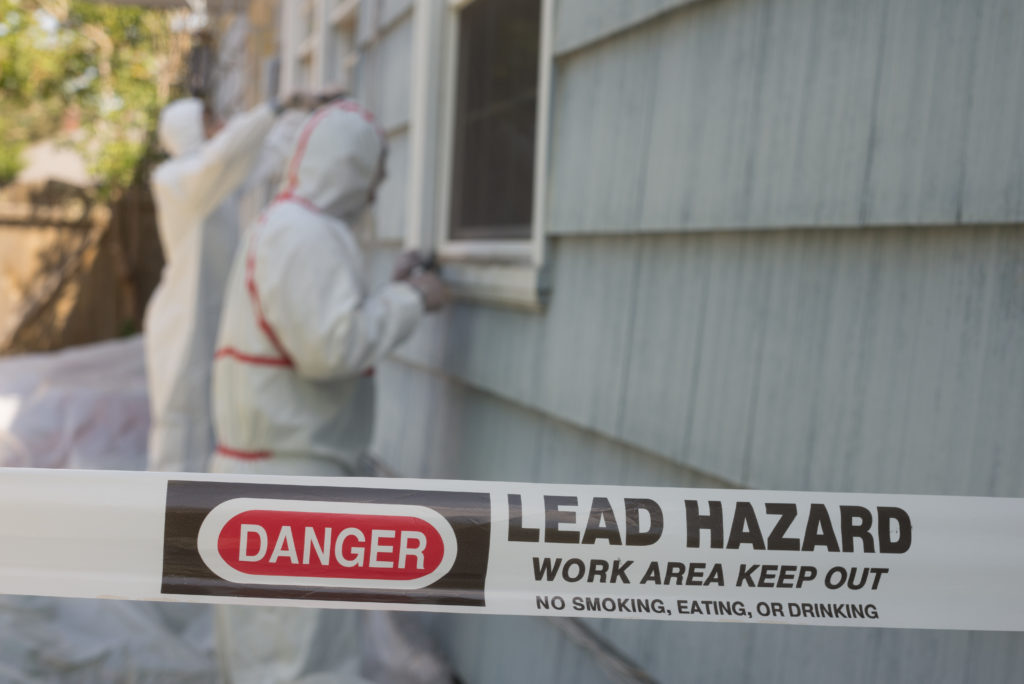
While these tips to lessen lead in water are helpful, the only way to completely remove the presence of lead is through a certified lead abatement. “Abatement” means removing or lessening a toxin.
A certified lead abatement team can remove lead pipes, and an experienced professional plumber can install new pipes for your peace of mind.
Reverse Osmosis and New Pipes— AJ Alberts Cares for Your Safety
Lead poisoning is not something to be taken lightly, and not just anyone can provide solutions to this problem. Thankfully, if you are made aware of the presence of lead in your water, you have a local partner you can trust.
Call AJ Alberts as soon as you discover lead in your water. We will promptly install a reverse osmosis system to keep your family safe. And if you decide to replace your pipes, we have the knowledge and safety expertise to install a brand new system.


